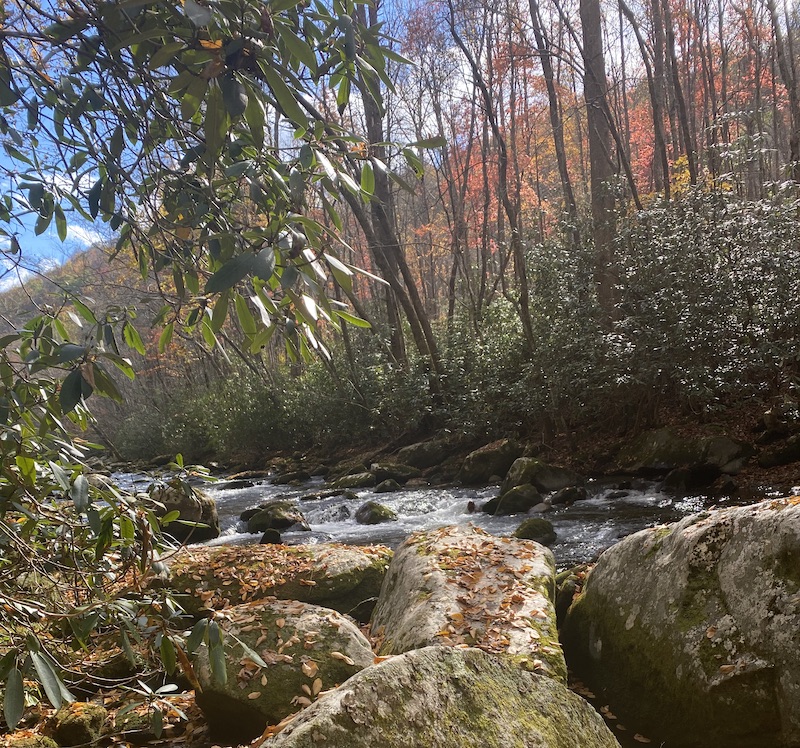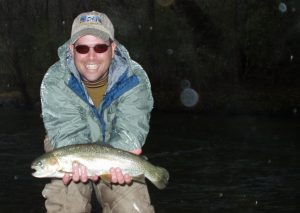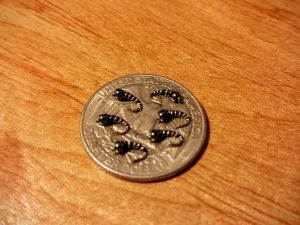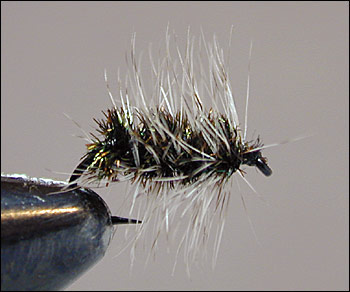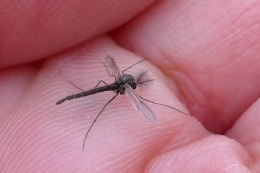The Dichotomy of Southern Tailwaters
They ruined the best trout river in the Eastern United States. At least that’s what they say. Any trout angler old enough to fish the Little Tennessee River will tell you. They may fondly refer to it as the Little T, but they’ll tell you. And they’re still mad about it.
Ask one of the many farmers who lost their family land when the Little T met its demise. You’ll hear even greater resentment and disdain for the Tennessee Valley Authority. It burns nearly as hot today as it did more than thirty years ago.
It happened despite the protests of landowners, anglers, and endangered resident snail darters. The Little Tennessee was dammed in 1977. They did it in the name of economic stimulus and flood control. But nothing could control the flood of controversy that rose from this action. The resulting Tellico Lake now placidly covers the once great trout river. The surrounding land, once owned by generations of family farms, has been sub-divided, sold, and developed into exclusive communities.
As a trout fishery, the Little T is legendary. It boasted rainbow and brown trout routinely measuring 4 to 5 pounds. Even larger were taken on a fairly regular basis. Anglers still talk about the clouds of caddis that blanketed the river. It’s as if they were just drifting an Elk Wing there last week. Poke your head into the right huddle of fly shop dwellers, and you’ll still hear a flow of rumors. You might hear about that 30-pound brown trout at the trash pile. Next time he might fall for that newfangled streamer pattern. While the largest of dams and deepest of lakes don’t seem enough to drown perfect memories, there won’t be a next time…. Thanks to that dam.
The irony is that the Little T never would have been the best trout river in the Eastern United States had it not been for a dam. The upper part of the Little Tennessee River drainage already had multiple impoundments dating back to the 1930’s. Though unlike the normal, massive impoundments of the TVA system, these were created and operated by Tapoco, a subsidiary of the Aluminum Company of America. The result was a series of undeveloped finger lakes. They snaked and stair-cased down the drainage on the southwestern edge of what is now Great Smoky Mountains National Park. In fact, the first impoundment, Cheoah, predated the creation of the Tennessee Valley Authority by nearly 15 years. The fabled Little Tennessee River flowed from below Chilhowee Dam. It was the final Tapoco created project in the system.
Stories about opposition to dams are not exactly rare in the fishing community. Issues in the Western United States with dams blocking natural migrations of native fish have been well chronicled for decades. But these stories have unfolded time and time again for nearly a century in the South, particularly during Roosevelt’s New Deal.
Coming out of The Great Depression, national economic conditions were terrible. The southern region of the U.S. was particularly battered. Years of heavy farming took its toll on the land. Massive flooding was eroding what was left of the soil. All of the best timber had already been harvested. And the limited amount of electricity in the mostly rural region made it nearly impossible to attract or create any real industry. The formation of the Tennessee Valley Authority in 1933 was intended to change all of that.
The TVA began an aggressive project of damming many of the major waterways in the Tennessee Valley. The unfortunate result was that the valley floor behind the newly created dam became a massive lake. Many people lost their homes. Most were farms that had been in the family for generations.
Additionally, habitat in miles of free flowing rivers was destroyed. The benefit however, was that water levels could be controlled by releasing (or not releasing) water through the dam. This prevented future flooding that had devastated the land and its people. Another benefit was that when water was released, it would rotate a number of turbines in the process. This created hydro-electric power that could provide affordable electricity to most of the region.
They flooded homes to prevent homes from flooding. It’s the same Orwellian doublethink that, for better or worse, has shaped much of the history of this nation. And we as anglers are not immune to it. On one hand we tend to strongly oppose anything that threatens fish habitat or really anything in the natural world. Yet we now frequently find ourselves trying to protect something that did just that. Think of some of the best trout fishing rivers in the Southern United States. There’s the South Holston, Watauga, Chattahoochee, Clinch, Hiwassee, Cumberland, White, Little Red… All are all tailwaters that were formed by damming rivers, flooding land, and destroying homes and habitat. At least half the folks in the south were passionately against the formation of these dams at the time.
It’s difficult to imagine that less than a century ago these same rivers didn’t hold a single trout. Water temperatures were simply too warm to support trout. Instead, these same rivers were full of smallmouth bass and even largemouth bass at their lower reaches. The formation of a new type of fishery below these impoundments, now commonly known as a tailwater or tailrace, was not even a consideration when these projects were originally conceived. In fact, it was believed by fisheries experts that these tailwaters would be sterile, oxygen deprived deserts, unsuitable for any real fish population.
It was actually in Calderwood Lake, one of the early Tapoco impoundments, where it was later realized that wild mountain trout had been migrating from feeder streams into the lake’s cold waters. They were growing and thriving. This realization eventually spawned regular stocking programs on these lakes and throughout TVA’s massive tailwater system.
Over time, tailwaters didn’t just become fisheries that would support trout for put-and-take angling. Instead, the trout grew quickly on the ample amounts of food in these waters. They held over year-to-year to grow even larger. In some instances, the trout even began reproducing. All of a sudden, the formerly trout-deprived Southeastern United States had multiple trout rivers that rivaled some of the best in the world. Until recently, one of these man-made fisheries in Arkansas was home to the world record brown trout. It’s no wonder trout anglers are so protective of these rivers today. It’s no wonder trout anglers more than thirty years ago were so protective of the Little T.
But is that all we’re about? Does the end justify the means as long as it includes a fishery that supports big fish? Can we as anglers reasonably and logically criticize one decision to build a dam, flood land, remove homes, and destroy habitat yet support and protect other decisions that did the exact same thing?
There just doesn’t seem to be a clear-cut solution that will please everyone when it comes to this issue. There never has been. It’s the case with most large scale dilemmas that affect an entire country, or at the least, an entire region. Sometimes all you can hope for is a solution that will benefit the most people for the longest period of time while doing the least amount of harm to the people who are negatively impacted.
It’s often decades before history measures the consequences of actions we take today. Upon reflection, most would probably agree that the multitude of TVA projects executed during the New Deal era ultimately served the greater good of the Southern United States. As a bonus, hordes of trout-crazy anglers are still reaping the benefits of the amazing fisheries that resulted from those projects.
I can’t help but wonder, though. Will we look back one day and feel the same way about what they did to the Little T? Was the greater good served? Or was the best trout river in the Eastern United States destroyed merely for the development of exclusive lake-front property?
